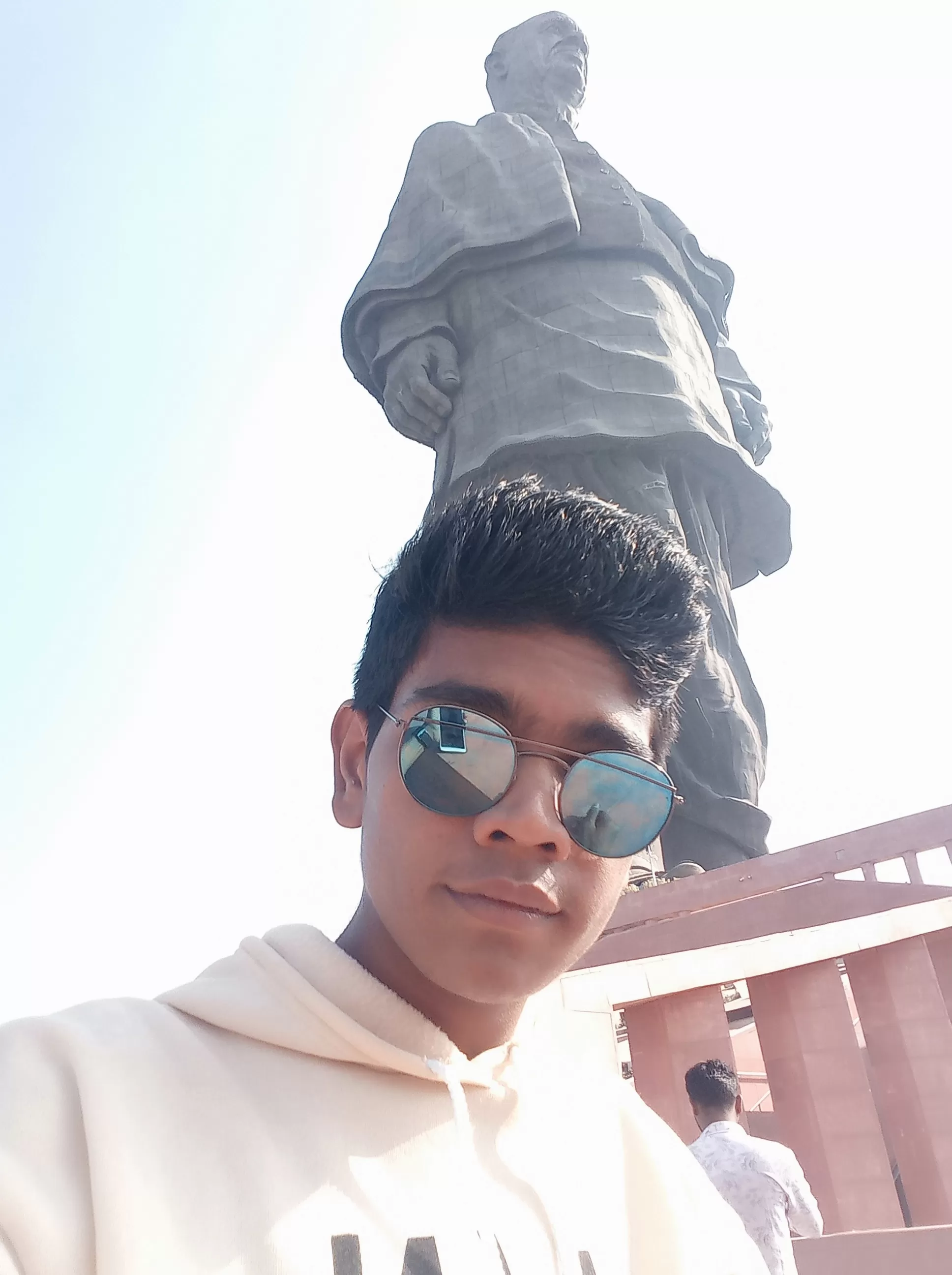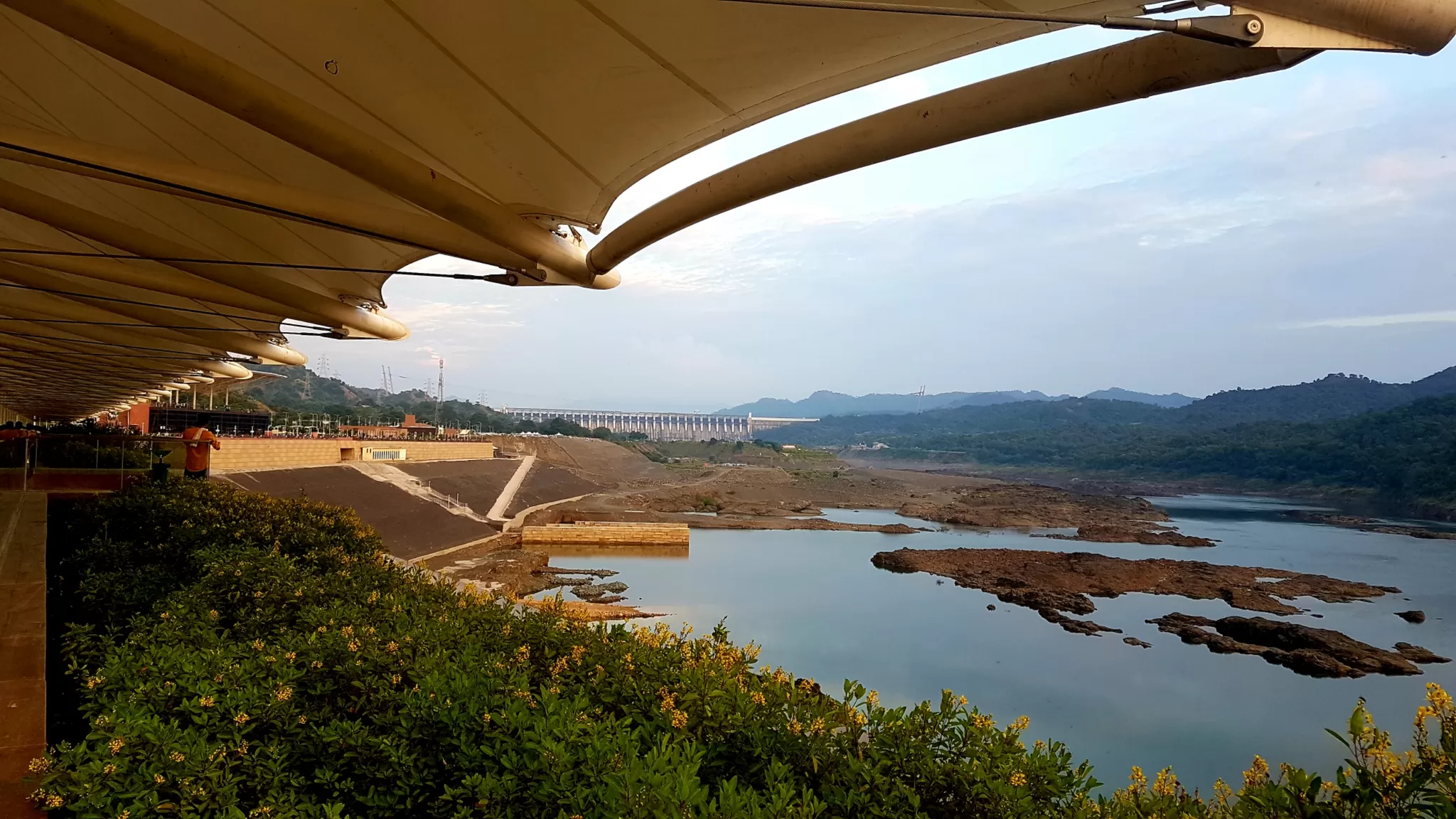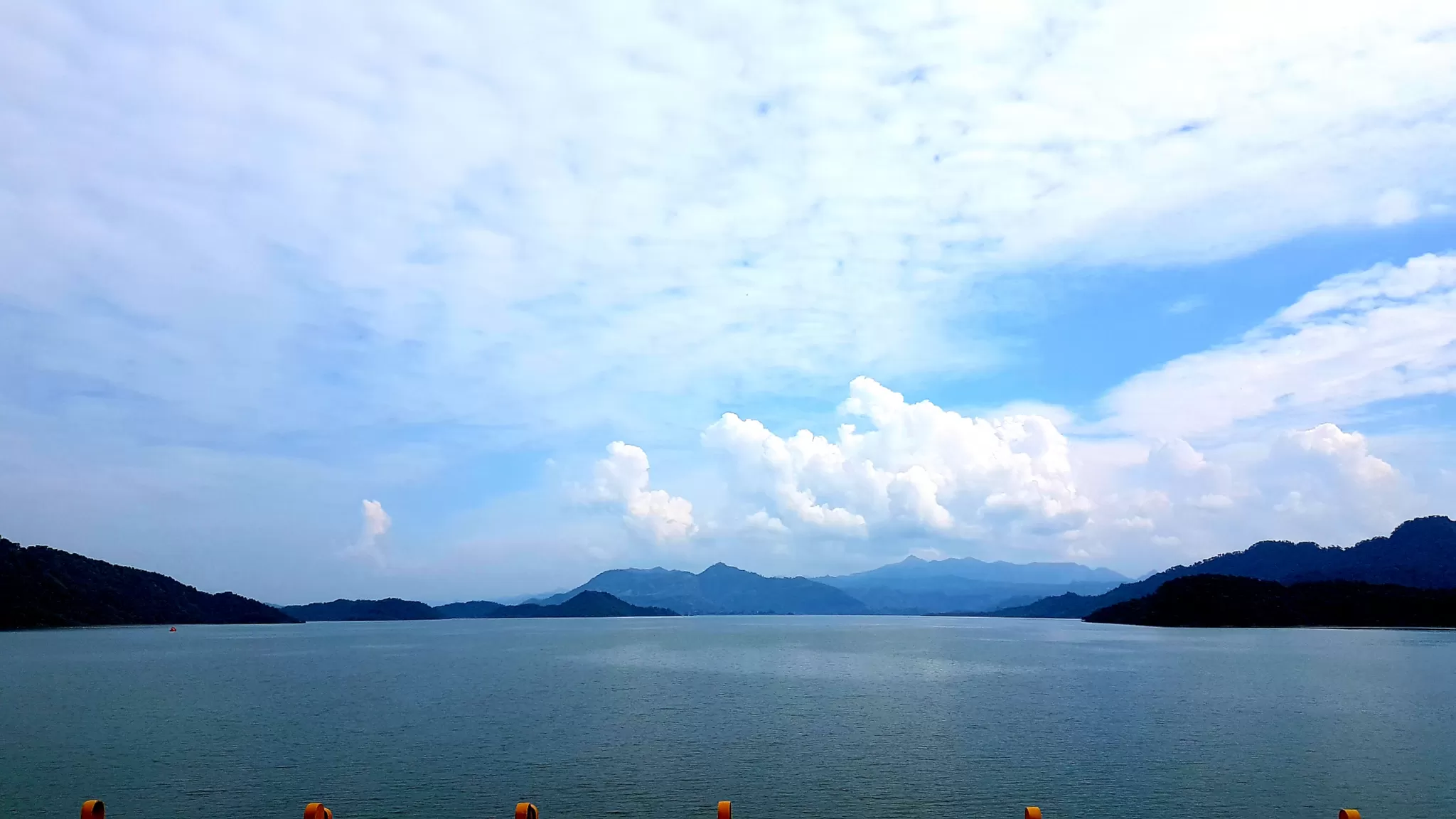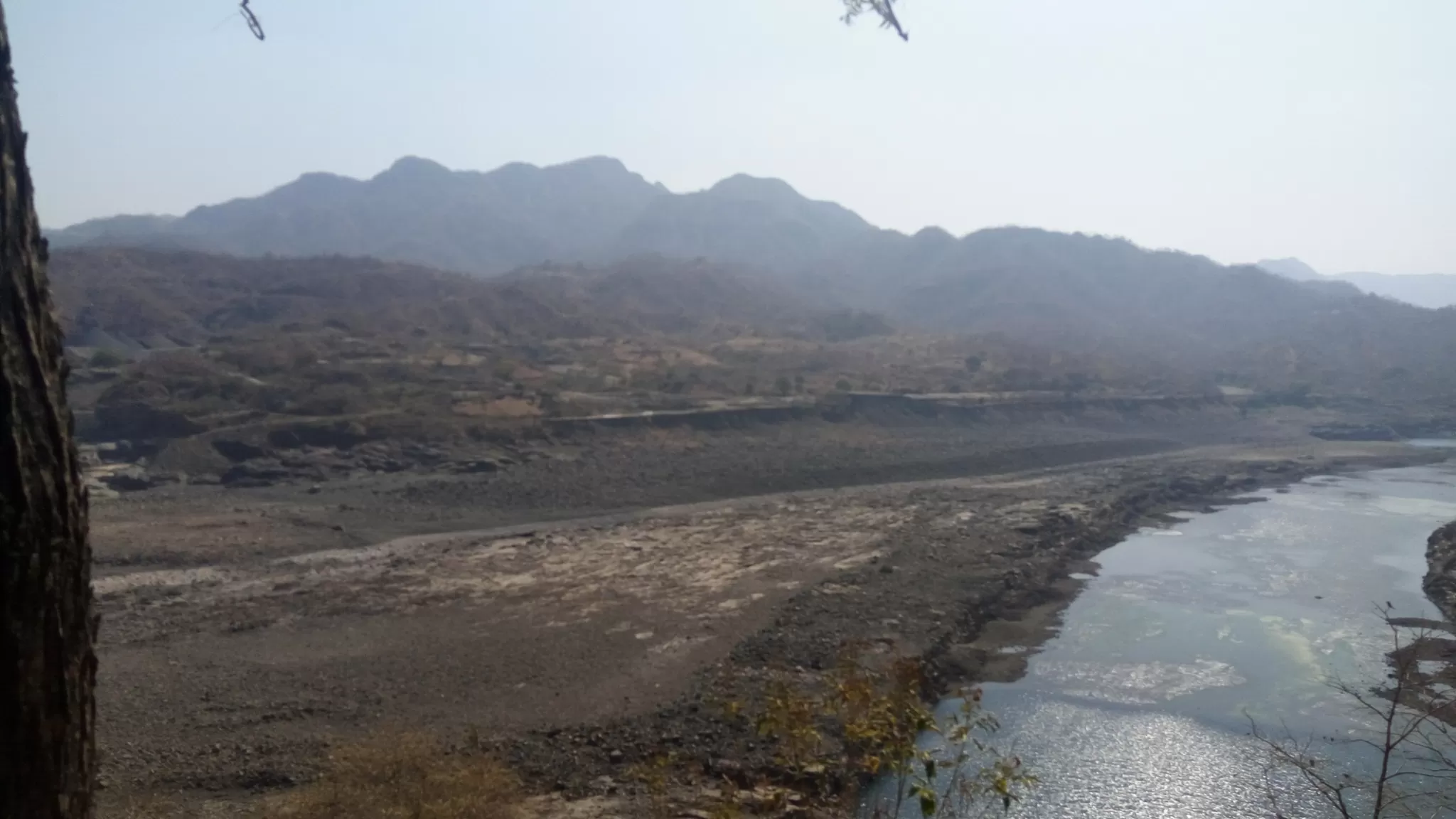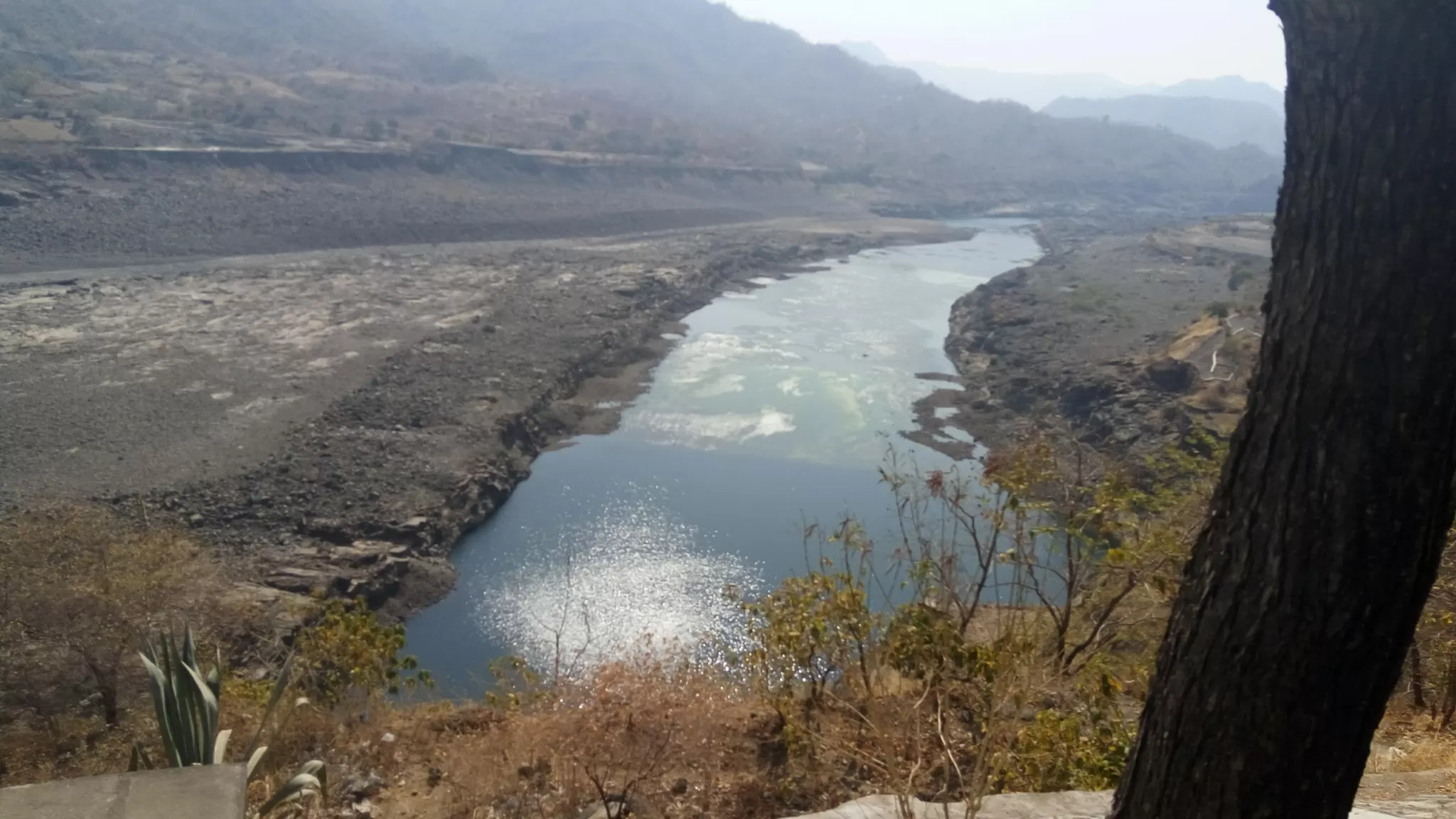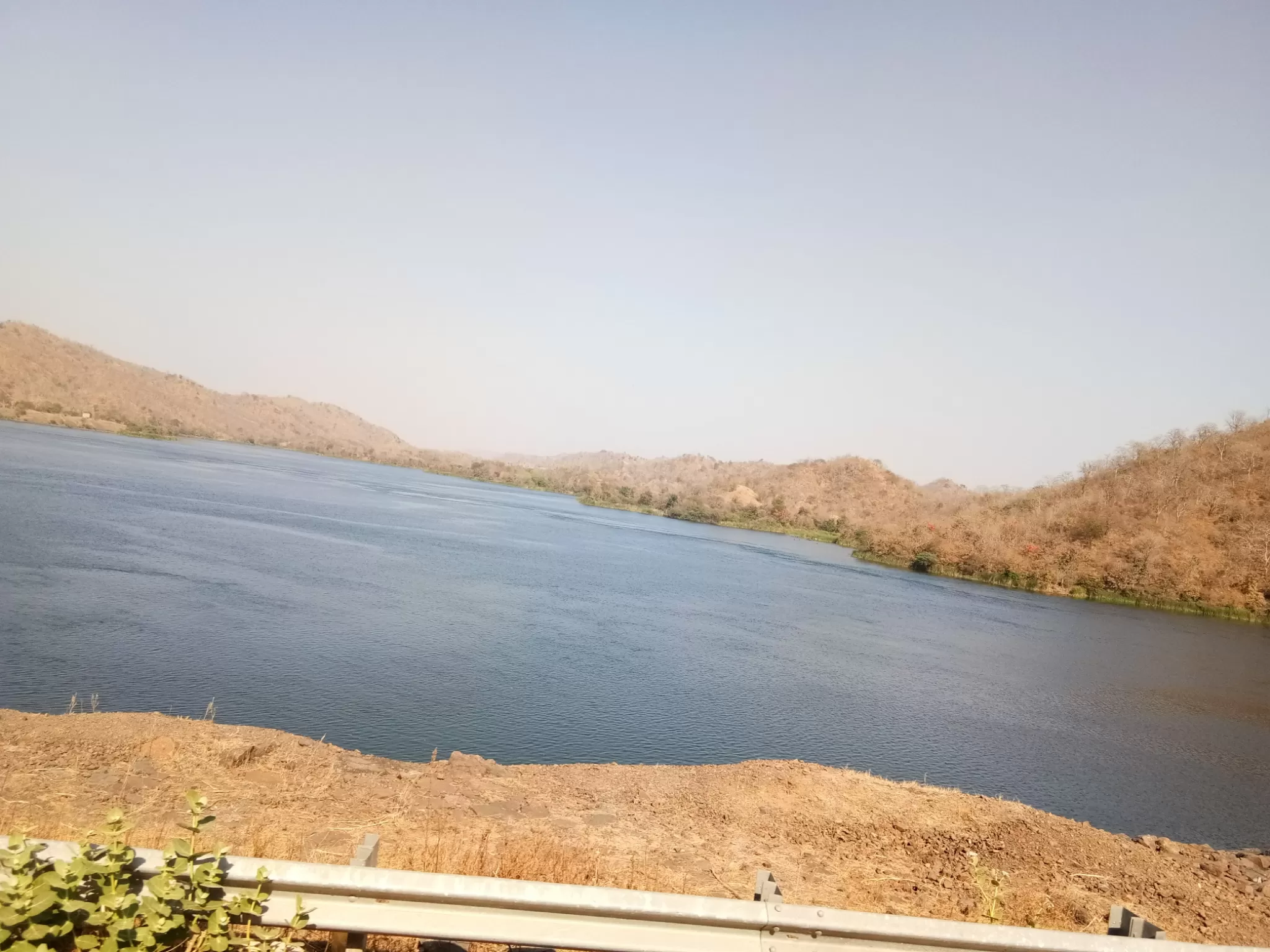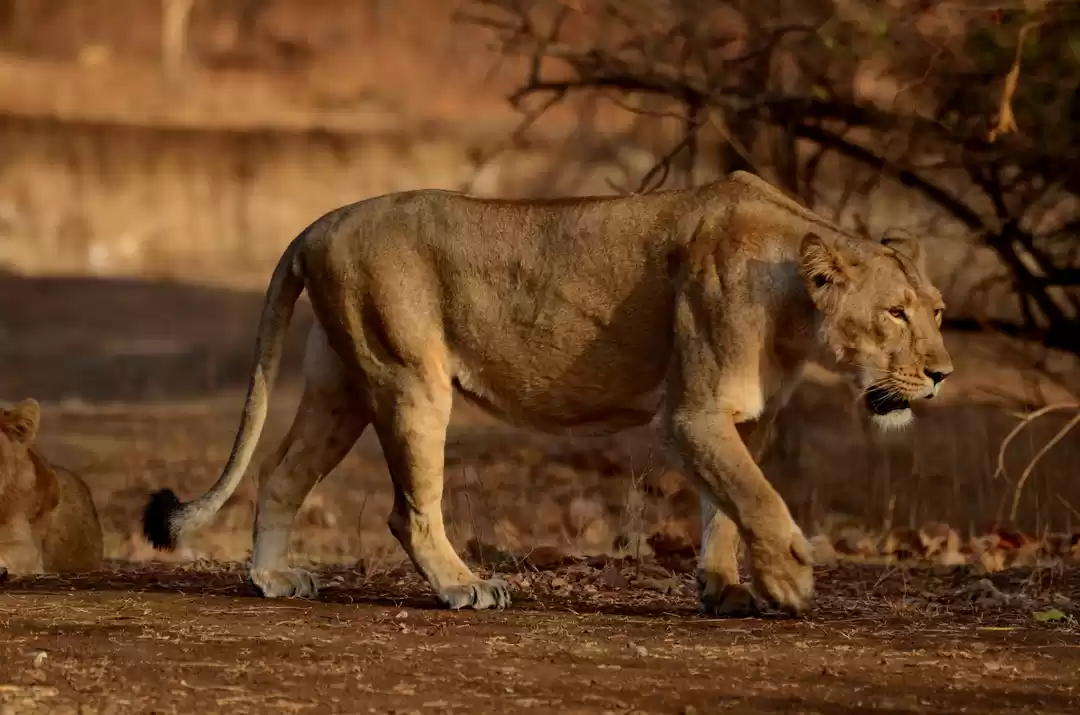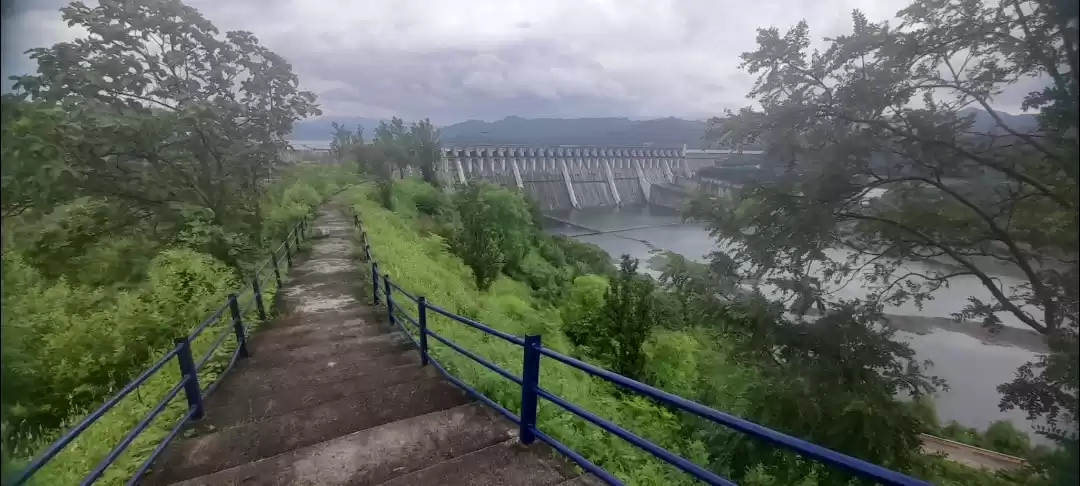Are you looking for a unique and memorable destination to visit in India? Do you want to witness a marvel of engineering that has transformed the lives of millions of people? Do you want to explore the rich and diverse culture, nature, and history of Gujarat? If yes, then you should definitely plan a trip to Sardar Sarovar Dam, one of the largest and most impressive dams in the world.
Sardar Sarovar Dam is a massive hydraulic structure built on the Narmada River, the fifth longest river in India. The dam is located in the Narmada district of Gujarat, about 200 km from Ahmedabad, the largest city in the state.
The dam is part of the Sardar Sarovar Project, a multi-purpose mega project that aims to provide irrigation, power generation, flood control, and drinking water supply to Gujarat and neighboring states. The dam is also a major tourist attraction, as it offers spectacular views of the river, the surrounding hills, and the nearby attractions such as the Statue of Unity, the world’s tallest statue.
In this article, we will tell you everything you need to know about Sardar Sarovar Dam, its history, benefits, features, and how to visit it. We will also give you some tips and suggestions for making the most of your visit to Sardar Sarovar Dam. So, read on and get ready to be amazed by this wonder of engineering and tourism in Gujarat.
History and Construction of the Sardar Sarovar Dam
The idea of building a dam on the Narmada river dates back to 1946, when the Central Waterways, Irrigation and Navigation Commission prepared a report on the potential of harnessing the river’s water resources.
However, it was only after India’s independence in 1947 that the project gained momentum. In 1961, under the leadership of Prime Minister Jawaharlal Nehru and Deputy Prime Minister Vallabhbhai Patel (also known as Sardar Patel), the foundation stone for the dam was laid. The project was named after Sardar Patel, who was also known as the Iron Man of India for his role in uniting the country.
The construction of the dam began in 1979, after obtaining clearance from the Ministry of Environment and Forests. The dam was designed by renowned engineer Dr. B.N. Pande and his team from the Central Water Commission. The dam is a gravity concrete structure that spans 1.2 km across the Narmada river. The dam has a height of 138.68 meters and a width of 7 meters at the top and 1.2 km at the bottom. The dam has 30 radial gates that can release up to 87,000 cubic meters of water per second. The dam has a storage capacity of 9.5 billion cubic meters of water, which can irrigate about 18 lakh hectares of land in Gujarat and Rajasthan.
The construction of the dam was completed in 2017, after overcoming several challenges and controversies. The project faced opposition from various stakeholders, such as environmentalists, activists, displaced people, and neighboring states.
Some of the issues raised by them were:
- The environmental impact of submerging large areas of forest land and wildlife habitats
- The social impact of displacing thousands of people from their homes and livelihoods
- The legal dispute over sharing water among Gujarat, Madhya Pradesh, Maharashtra, and Rajasthan
- The technical feasibility and safety of building such a large dam in an earthquake-prone zone
- The project also faced delays due to lack of funds, political changes, court cases, protests, and international pressure. However, despite all these hurdles, the project was successfully completed with the support of various governments, agencies, experts, and people. The project was inaugurated by Prime Minister Narendra Modi on September 17th 2017, coinciding with his birthday and Sardar Patel’s birth anniversary.
Tourism Benefits of the Sardar Sarovar Dam
Another significant objective and benefit of the Sardar Sarovar Dam is to attract tourists from India and abroad. The dam offers spectacular views of the river, the surrounding hills, and the nearby attractions such as the Statue of Unity, the world’s tallest statue. The dam also offers various activities and facilities for visitors such as boating, sightseeing, gardens, food stalls, etc. According to official data, the dam receives about 30 lakh visitors per year.
Some of the attractions and activities that visitors can enjoy at or near the Sardar Sarovar Dam are:
River View:
The most obvious attraction of visiting Sardar Sarovar Dam is to see the majestic view of the Narmada river flowing through the dam gates. The sight is especially mesmerizing during sunrise or sunset or when the gates are opened to release water.
Temples:
There are several temples located near the Sardar Sarovar Dam that are worth visiting for their religious and historical significance. Some of them are:

Nilkanth Dham Swaminarayan Temple: This is a beautiful temple dedicated to Lord Swaminarayan that is situated on an island in the Narmada river. The temple has a stunning architecture and a serene atmosphere that attracts devotees and tourists alike.
Shoolpaneshwar Mahadev Temple: This is an ancient temple dedicated to Lord Shiva that is located on the banks of the Narmada river. The temple has a rich history and a peaceful ambiance that appeals to pilgrims and travelers alike.
Garudeshwar Mahadev Temple: This is another old temple dedicated to Lord Shiva that is located on the banks of the Narmada river. The temple has a simple structure and a calm environment that draws worshippers and visitors alike.

Gardens:
There are several gardens located near the Sardar Sarovar Dam that are worth visiting for their beauty and variety. Some of them are:
Sardar Sarovar Garden: This is a large garden that is situated near the dam site. The garden has a lush green landscape with colorful flowers, fountains, statues, and benches. The garden is a perfect place to relax and enjoy nature.
Valley of Flowers: This is a huge garden that is situated near the Statue of Unity. The garden has a spectacular display of flowers with different shapes, colors, and fragrances. The garden is a delight for flower lovers and photographers.
Butterfly Garden: This is a small garden that is situated near the Statue of Unity. The garden has a collection of butterflies with different species, sizes, and patterns. The garden is a treat for butterfly enthusiasts and children.
Statue of Unity:

This is the most prominent attraction near the Sardar Sarovar Dam. The Statue of Unity is a colossal statue of Sardar Patel that stands on an island in the Narmada river. The statue has a height of 182 meters, making it the world’s tallest statue.
The statue was inaugurated by Prime Minister Narendra Modi on October 31st 2018, marking the 143rd birth anniversary of Sardar Patel. The statue has a museum, an observation deck, a light and sound show, and a souvenir shop. The statue is a tribute to the legacy and vision of Sardar Patel, who is regarded as the chief architect of modern India.
Also read: Sardar Sarovar Dam & Statue of Unity: Architectural Brilliance
Wildlife Sanctuaries:
There are several wildlife sanctuaries located near the Sardar Sarovar Dam that are worth visiting for their biodiversity and conservation. Some of them are:

Ratanmahal Sloth Bear Sanctuary: This is a sanctuary that is home to the endangered sloth bears, along with other animals such as leopards, hyenas, jackals, foxes, porcupines, etc. The sanctuary also has a variety of birds, reptiles, and plants. The sanctuary is located about 80 km from the dam site.
Jambughoda Wildlife Sanctuary: This is a sanctuary that is home to the rare four-horned antelope, along with other animals such as nilgai, sambar, chinkara, wild boar, etc. The sanctuary also has a rich flora and fauna. The sanctuary is located about 100 km from the dam site.
Shoolpaneshwar Wildlife Sanctuary: This is a sanctuary that is home to the majestic Asiatic lions, along with other animals such as leopards, tigers, deer, monkeys, etc. The sanctuary also has a diverse ecosystem with rivers, waterfalls, forests, and hills. The sanctuary is located about 150 km from the dam site.
Narmada Tent City: This is a unique accommodation option near the Sardar Sarovar Dam. The Narmada Tent City is a cluster of luxury tents that offer a comfortable and scenic stay for visitors. The tents have all the modern amenities such as air conditioning, television, Wi-Fi, etc. The tents also have a view of the river and the Statue of Unity. The Narmada Tent City also offers various facilities and activities such as dining, spa, yoga, cycling, boating, etc.
How to Visit Sardar Sarovar Dam
If you are planning to visit Sardar Sarovar Dam, you need to know some practical information about how to visit it. Here are some of them:

Best Time to Visit Sardar Sarovar Dam
The best time to visit Sardar Sarovar Dam depends on your preference and purpose. However, generally speaking, the best time to visit Sardar Sarovar Dam is between October and March. This is because:
The weather is pleasant and comfortable during this period. The temperature ranges from 15°C to 30°C and the humidity is low. The sky is clear and sunny and the breeze is refreshing.
The water level in the dam is high during this period. This means that you can see more water flowing through the dam gates and enjoy boating on the river. You can also see more greenery and flowers in the gardens and sanctuaries.
The festivals and events are more frequent during this period. This means that you can witness and participate in various cultural and religious celebrations such as Navratri, Diwali, Makar Sankranti, etc. You can also see more light and sound shows at the Statue of Unity.
Timings, Fees, Facilities at Sardar Sarovar Dam
The timings for visiting Sardar Sarovar Dam site or nearby attractions are as follows:
Sardar Sarovar Dam Site: The dam site is open for visitors from 9 am to 6 pm every day except Monday. There is no entry fee for visiting the dam site.
Statue of Unity: The statue site is open for visitors from 8 am to 6 pm every day except Monday. There is an entry fee of Rs 150 for adults and Rs 90 for children for visiting the statue site. There is an additional fee of Rs 350 for adults and Rs 200 for children for visiting the observation deck at the statue site.
Wildlife Sanctuaries: The sanctuaries are open for visitors from 6 am to 6 pm every day except Wednesday. There is an entry fee of Rs 50 for adults and Rs 25 for children for visiting each sanctuary.
Narmada Tent City: The tent city is open for visitors throughout the year. There is a charge of Rs 6,000 for a single occupancy tent and Rs 8,000 for a double occupancy tent per night. The charge includes breakfast, lunch, dinner, and access to all the facilities and activities at the tent city.
You may also like to check out: Vandana's day trip to the world tallest statue - Statue of Unity
Facilities available at or near Sardar Sarovar Dam site
Parking Lot: There is a large parking lot near the dam site that can accommodate about 5,000 vehicles. The parking fee is Rs 20 for two-wheelers and Rs 50 for four-wheelers.
Restrooms: There are restrooms available at the dam site, the statue site, the sanctuaries, and the tent city. The restrooms are clean and well-maintained.
Food Stalls: There are food stalls available at the dam site, the statue site, the sanctuaries, and the tent city. The food stalls offer a variety of snacks and beverages such as tea, coffee, juice, water, biscuits, chips, etc. The food stalls are hygienic and affordable.
How to Reach Sardar Sarovar Dam
The modes of transport available for reaching Sardar Sarovar Dam site from different locations are as follows:
By Road:
The dam site is well-connected by road to major cities such as Ahmedabad, Vadodara, Surat, Mumbai, etc. There are buses and taxis available from these cities to the dam site. The distance and time involved by road are as follows:
Ahmedabad to Sardar Sarovar Dam: 200 km, 4 hours
Vadodara to Sardar Sarovar Dam: 100 km, 2 hours
Surat to Sardar Sarovar Dam: 250 km, 5 hours
Mumbai to Sardar Sarovar Dam: 420 km, 8 hours
By Rail:
The nearest railway station to the dam site is Kevadiya Railway Station, which is about 5 km from the dam site. There are trains available from Ahmedabad, Vadodara, Surat, Mumbai, etc. to Kevadiya Railway Station. The distance and time involved by rail are as follows:
Ahmedabad to Kevadiya Railway Station: 180 km, 3 hours
Vadodara to Kevadiya Railway Station: 80 km, 1.5 hours
Surat to Kevadiya Railway Station: 230 km, 4 hours
Mumbai to Kevadiya Railway Station: 400 km, 7 hours
By Air:
The nearest airport to the dam site is Vadodara Airport, which is about 90 km from the dam site. There are flights available from Delhi, Mumbai, Bangalore, Hyderabad, etc. to Vadodara Airport.
The options for local transport from Kevadiya Railway Station or Vadodara Airport to the dam site are as follows:
Buses: There are buses available from Kevadiya Railway Station or Vadodara Airport to the dam site or nearby attractions. The buses are comfortable and economical.
Taxis: There are taxis available from Kevadiya Railway Station or Vadodara Airport to the dam site or nearby attractions. The taxis are convenient and fast.
Boats: There are boats available from Kevadiya Jetty or Garudeshwar Jetty to the dam site or nearby attractions. The boats are scenic and fun.
Tips and Suggestions for Visiting Sardar Sarovar Dam
Here are some tips and suggestions for making the most of your visit to Sardar Sarovar Dam:
1. Plan your visit in advance and book your tickets and accommodation online or through tour operators.
2. Carry your identity proof and other documents required for entry or security purposes.
3. Wear comfortable clothes and shoes according to the weather and terrain.
4. Carry water bottles, snacks, sunscreen, hat, sunglasses, etc. for your convenience and safety.
5. Follow the rules and regulations of the dam site and nearby attractions. Do not litter or damage any property or wildlife.
6. Respect the local culture and customs of the people living near the dam site. Do not indulge in any offensive or inappropriate behavior.
7. Enjoy the beauty and diversity of Sardar Sarovar Dam and its surroundings. Take pictures and videos of your memorable moments but do not disturb or harm any nature or wildlife.
Sardar Sarovar Dam is a marvel of engineering and tourism in Gujarat. It is a lifeline for millions of people in Gujarat and neighboring states. It is also a wonder for visitors from India and abroad.
It offers a unique and memorable experience of witnessing the power and beauty of nature, culture, and history. It is a destination that you should not miss if you are looking for a different and exciting trip in India.
We hope that this article has given you all the information you need to know about Sardar Sarovar Dam, its history, benefits, features, and how to visit it. We also hope that this article has inspired you to plan your visit to Sardar Sarovar Dam soon.
If you have any questions or feedback, please feel free to share them with us in the comments section below.





